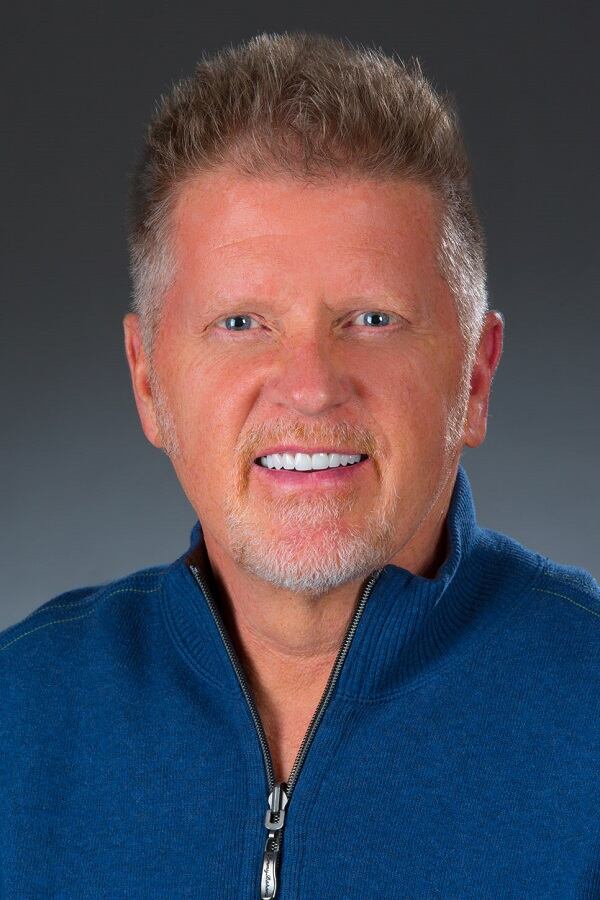Dietary supplements and functional foods and beverages are growing categories in Latin America, underpinned, in part, by growing populations and a rising middle class. Dietary supplements alone will see a 6.2% year-on-year retail value growth this year, according to Euromonitor International.
A 'positive picture'
“Latin America is like other areas – India and certainly China, for example – where there's a tremendous surge of interest in health and wellness,” said Jeff Hilton, chief marketing officer and co-founder at BrandHive.
“It's a good time to be in the sector. I've been in the industry for 35 years and I will tell you I've never seen a more rich environment for innovation and product development than I'm seeing now. I really think we're in an exciting place,” Hilton told NutraIngredients-LATAM.
Latin America was an “opportunity rich” region, he said. “There's just endless opportunity involving consumers and innovation in the sector, both in terms of technology as well as new ingredients and sustainability. There are so many trends happening in the marketplace; it's busy but it does paint a very positive picture for all kinds of opportunities.”
To compete and succeed, however, Hilton said companies needed to remain innovative, with a strong understanding of global trends that indicated what was “coming down the road”.
“If you look at Europe, Asia, the US, we're really in this renaissance and I do think the bar is set high for product development and innovation. I think companies have to stay on top of trends.”
But, innovation had to be consumer-led and digitally-driven, he said.
'The frontline is digital'
In 2018, there were an estimated 438 million internet users in Latin America and the Caribbean, making it the fourth-largest regional online market in the world behind Asia, Europe and Africa.
“Social media and some of the influencer channels are really strong in Latin America and I think word of mouth is a critical, critical asset to have behind your brand,” Hilton said.
“Smart companies are using social media, which is a pretty economical way to market a product, and they're using more of a grass roots approach to really push word of mouth and let consumers become ambassadors of the brand. For Latin America, that's key.”

Hilton said acknowledging the growing youth population as a part of this was also important.
“Millennials are doing more and more of their research online and e-commerce purchase behavior is more smartphone and tablet driven. Definitely the younger generation – generation X and millennials – in the Latin American areas are embracing digital access to a lot of these nutritional products.”
They were checking and even purchasing products online while in a brick and mortar store, for example.
“The frontline is digital. We couldn't say that a decade ago. So, that's the new point of purchase – it's the consumer, not the location. You have to be where the consumer is and they can be wherever they want to be. It's a whole different mindset.”
Spotlighting market demands
Hilton said from a market trends standpoint, gut health and cognition were “huge areas of growth opportunity” in Latin America – trends also true for the global marketplace.
“People are making a connection between digestion and the rest of the body and that the microbiome and gut is relevant to other body functions, especially cognition. I think that education is seeping down to consumer level and certainly early-adopters in all countries are latching onto that and looking for a healthier gut microbiome.”
Sustainability and transparency were also highly relevant in Latin America, he said, particularly for botanicals given many were sourced from the region.
“The marketplace is demanding simpler, cleaner ingredients. ...It's growing everyday. Clean label 1.0 – which is simple, less is more, make sure you can pronounce ingredients – has merged into clean label 2.0 with questions like: Where do they source it? Were the people paid fairly? Tell me more what happens after – is it recyclable?”
Asked what the biggest challenges in the region were, Hilton said: “Making health and nutrition affordable and available.”
But, the answer to tackling this, he said, could be found in the power and importance of digital.


